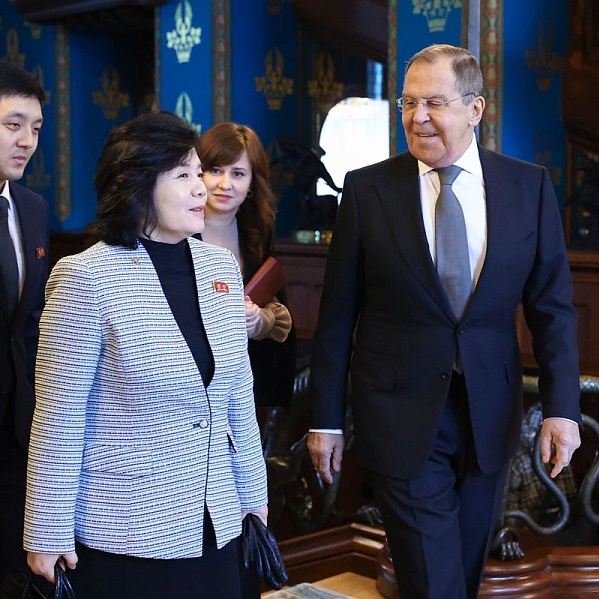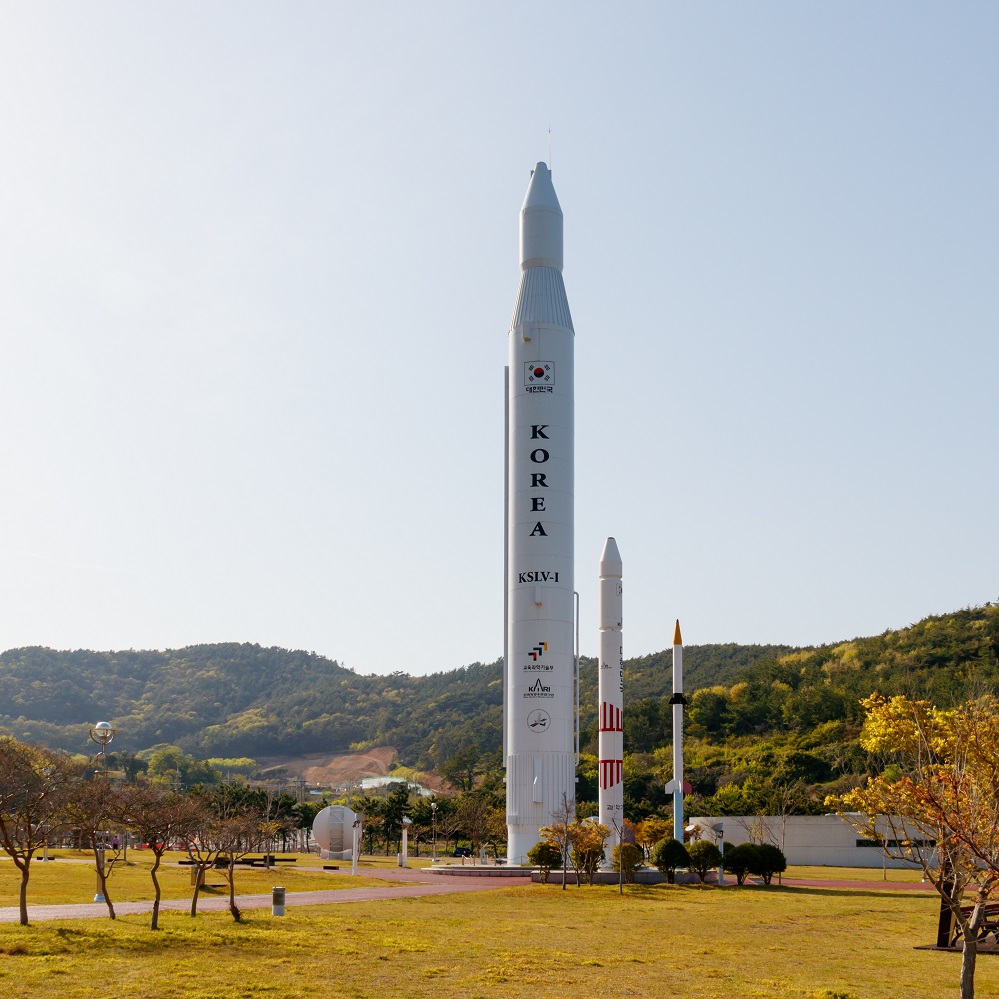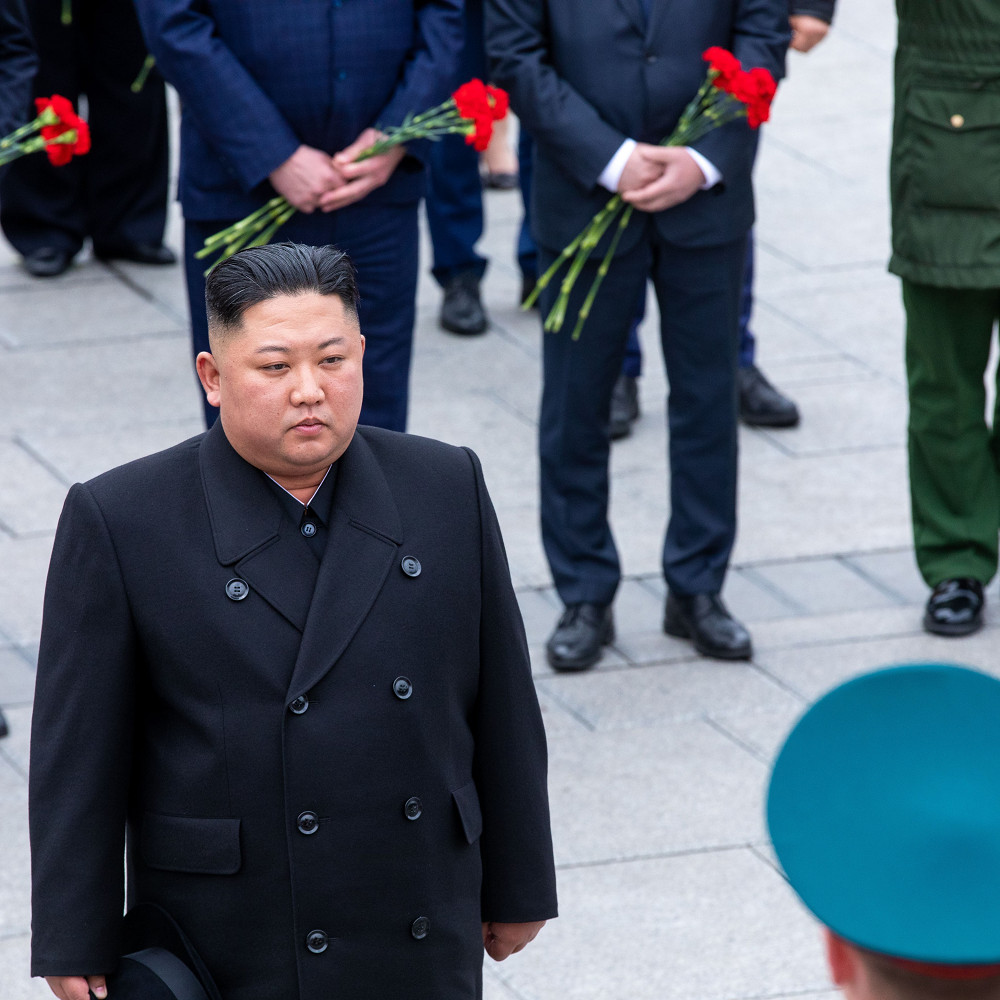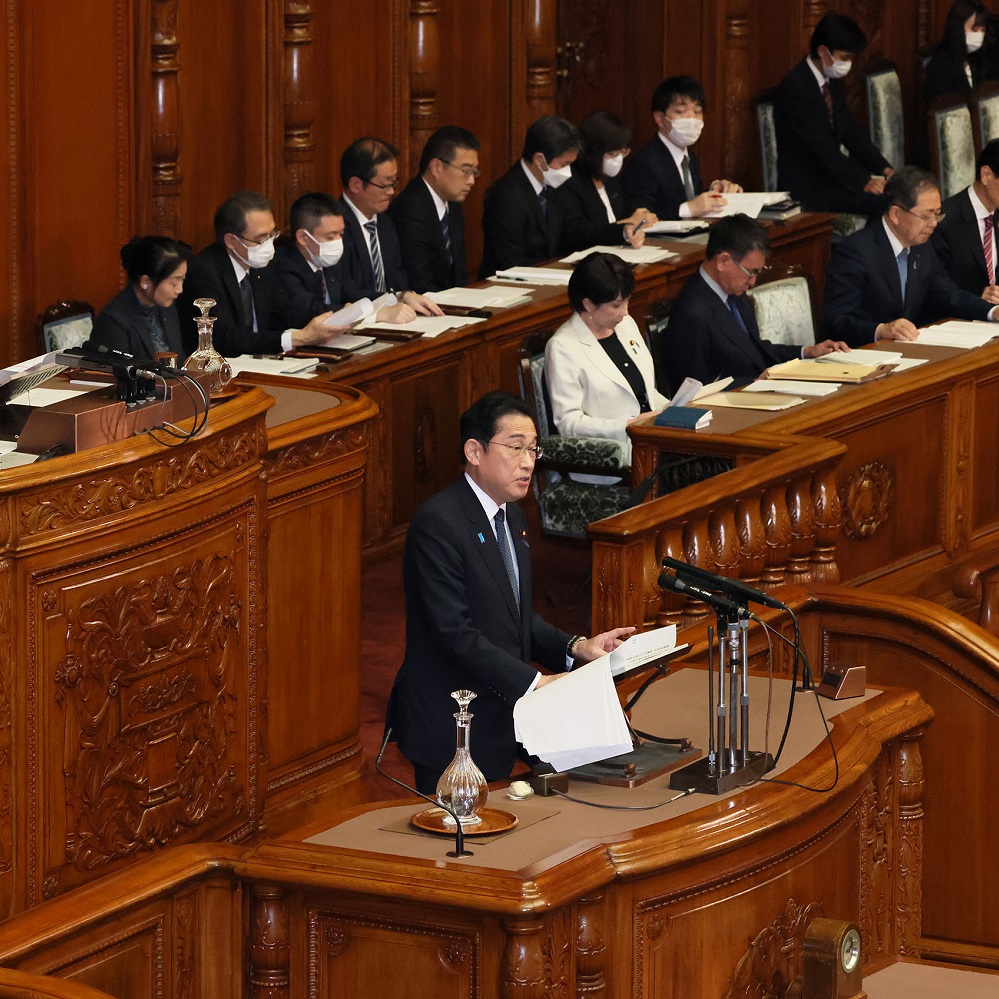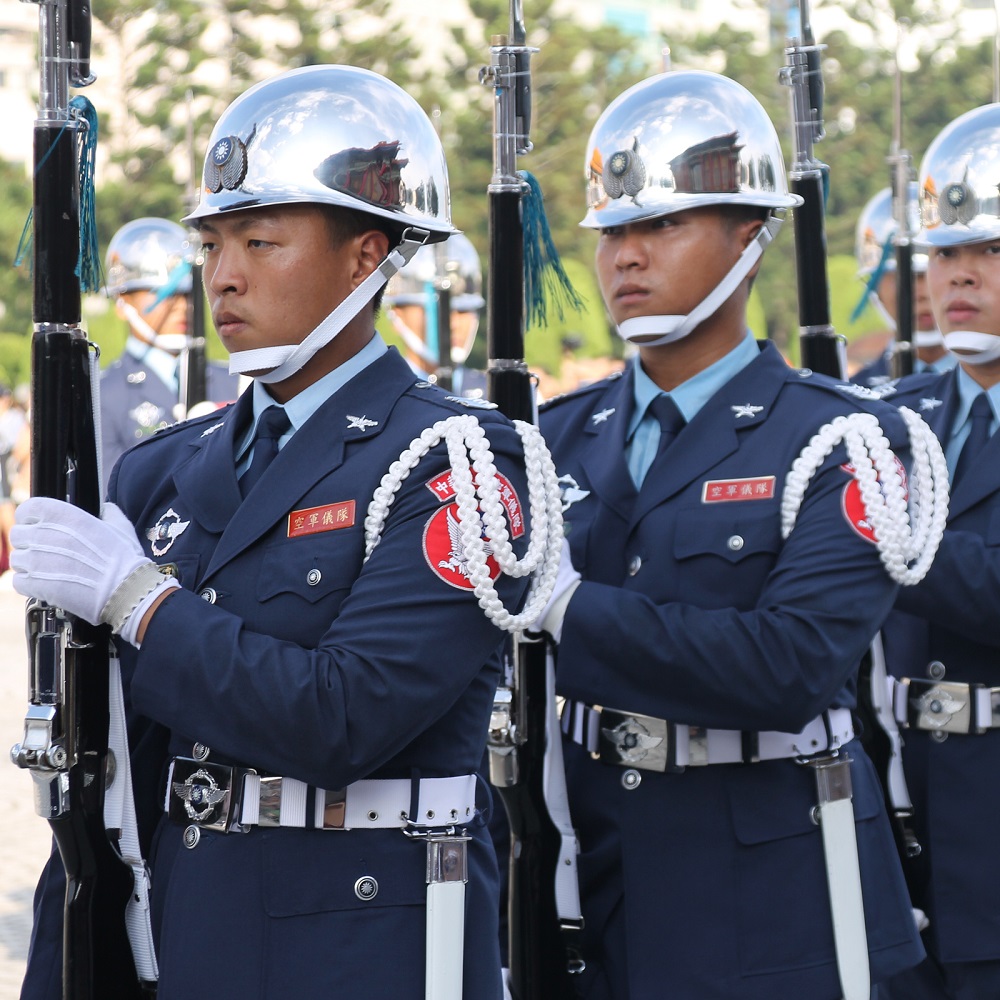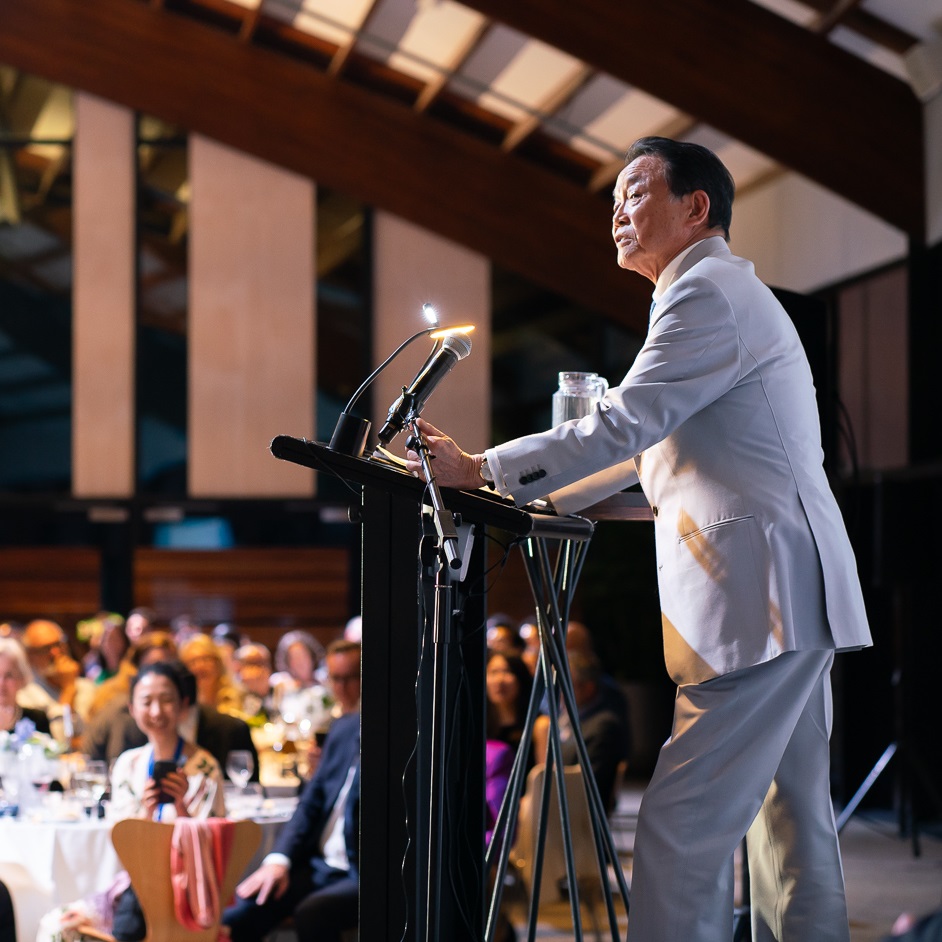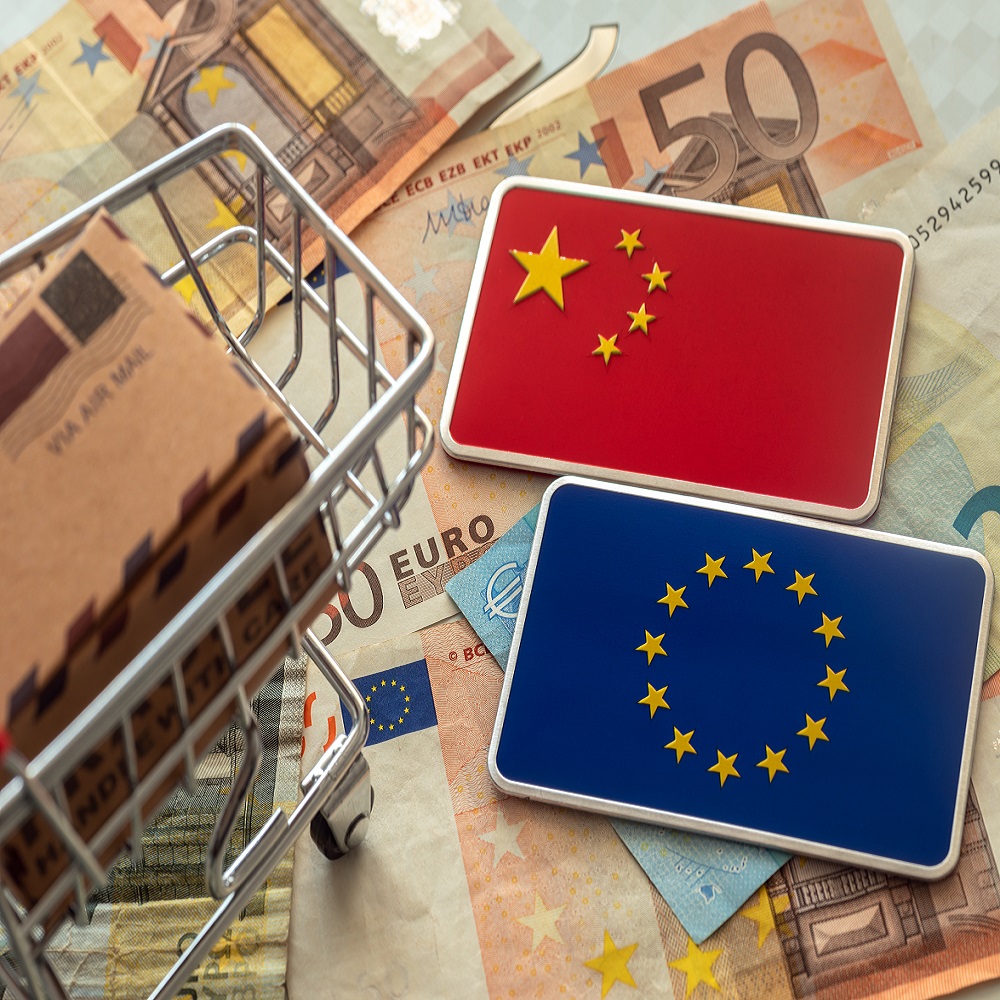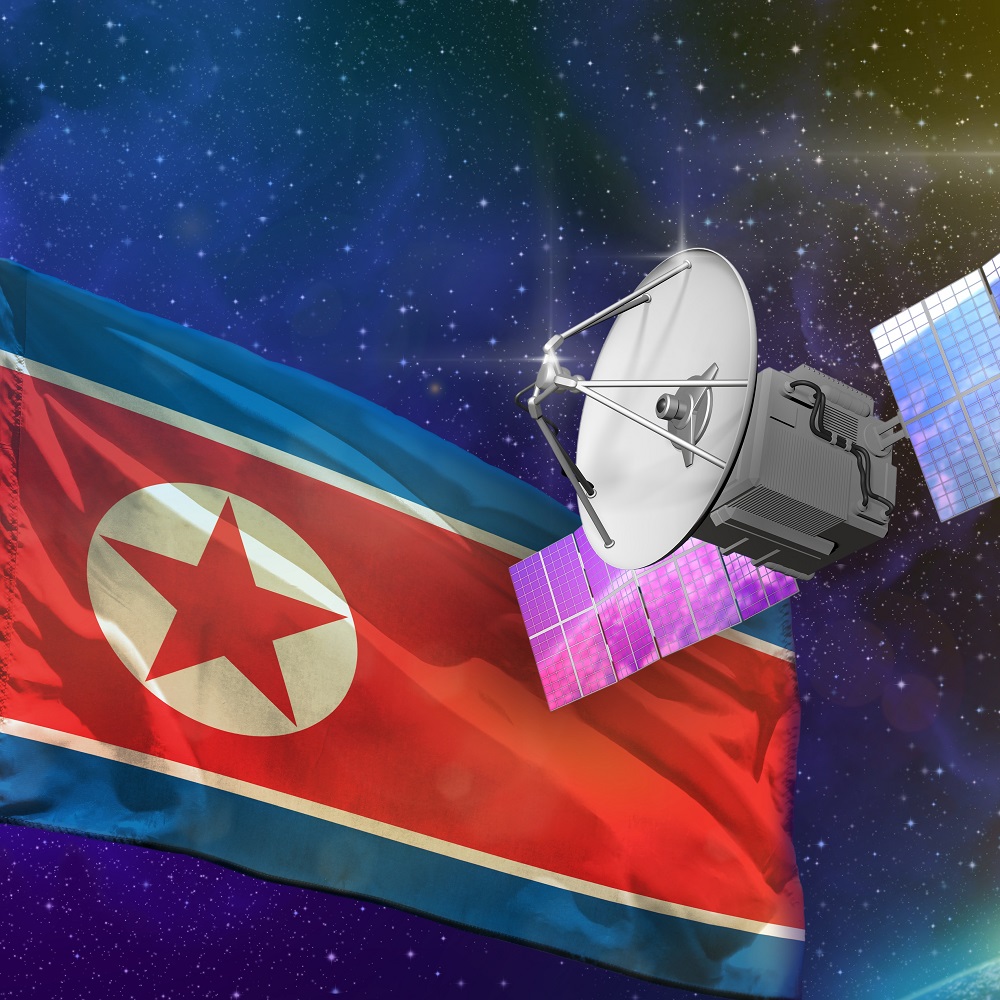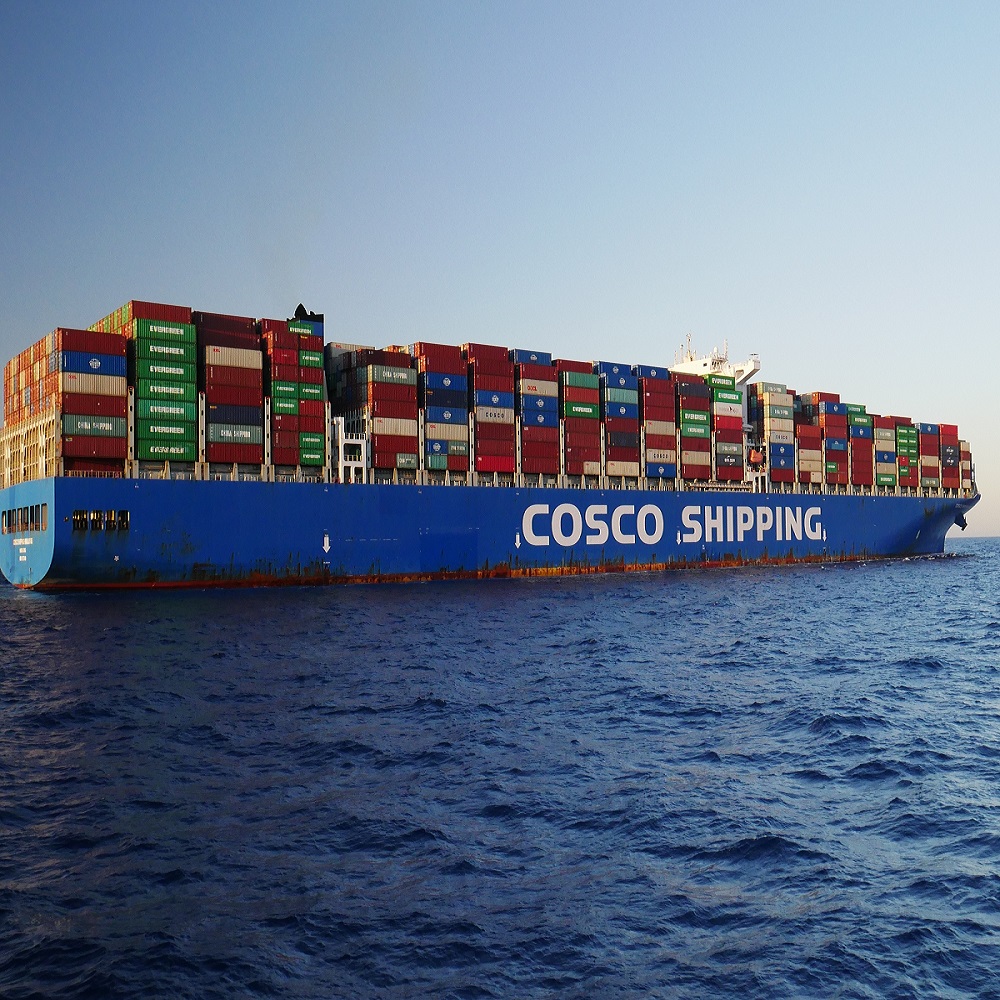
China's powerlessness in the Red Sea
by Johann C. Fuhrmann
Houthi attacks pose a strategic dilemma for Beijing. Washington has asked Beijing for support to curb attacks by Yemen's Houthi rebels on merchant ships in the Red Sea, the Financial Times reported on Wednesday, citing US government circles. China's own interest in de-escalation and securing trade and supply chains appears to be obvious. However, why China is holding back in the conflict, even though it is economically heavily dependent on exports, raises questions. Despite displeasure: Beijing's restraint The Yemeni Houthi militia has been attacking ships and thus supply chains in the Red Sea since mid-November last year, presenting the Beijing leadership with a strategic dilemma: as an exporting nation, China is dependent on secure trade routes, while at the same time the People's Republic is striving to establish itself as a force for peace and order in the region. For the Chinese leadership, this means walking a political tightrope with an uncertain outcome. There is no question that the current attacks by the Houthi militia on merchant ships in the Red Sea are a thorn in China's side. Mao Ning, the spokesperson for the Chinese Foreign Ministry, recently appealed to the Houthi militia to stop attacking ships in the Red Sea. The Houthi militia sees itself as part of the "Axis of Resistance" against Israel, which also includes the radical Islamic group Hamas. On 12 and 13 January 2024, the United States and the United Kingdom, with the support of Australia, Bahrain, Canada and the Netherlands, launched a series of attacks against the Houthi in Yemen with airstrikes and cruise missiles in response to the terrorist organization's attacks. Around 60 percent of Chinese exports to Europe pass through the Suez Canal, which connects the Red Sea with the Mediterranean. "The attacks have tripled container prices for Red Sea passages and extended transit times by many days when bypassing the Houthi route. At the end of December, Chinese car manufacturer Geely warned of delays in the delivery of its electric cars due to the 'situation' in the Red Sea," reports Beijing-based FAZ correspondent Jochen Stahnke.[2] The crisis has long since reached the port of Piraeus in Greece, in which the Chinese state shipping company COSCO holds a 67 percent stake. Due to supply bottlenecks for Chinese batteries, according to rbb information, even production at the Tesla plant in Grünheide, Brandenburg, will have to largely cease at the end of the month[3]. The disruption to supply chains is hitting the Chinese economy at an extremely unfavorable time. The People's Republic is in the midst of a real estate crisis, is struggling with high youth unemployment and faces the threat of deflation. In the face of these challenges, the Chinese economy is relying heavily on exports. A recent example of this is the announcement by Chinese car manufacturer SAIC to acquire 14 transport ships. Apparently, dissatisfaction with the current developments in the Red Sea has also reached the Chinese Ministry of Commerce. Mei Xinyu from the Chinese Academy for Economic Cooperation, a think tank linked to the Ministry of Commerce, underlines this in a blog post with the words: "There is one thing that the Huthi rebels and their supporters need to understand: The biggest user of the Suez Canal route is none other than China."[4] It is striking that the Beijing Foreign Ministry's call for de-escalation in the Red Sea followed a statement by the Houthi that there would be no future attacks on Russian and Chinese ships. Nevertheless, China's trade also relies on ships sailing under different flags. According to media reports, some ships even use radio signals to pretend to be Chinese, even though they do not originate from China - for fear of attack. The Beijing press praises this practice as a success of Chinese "soft power". Shen Yi, a professor at Fudan University, explained this to the Global Times, saying: "The Houthi militias have no interest in attacking Chinese ships. The reason is simple: China makes fair comments and takes fair actions on issues in the Middle East. China has no special interests in the region and is only committed to peace, security and stability in the region."[5] However, no mention is made of the extent to which the escalation is damaging the core interests of the Chinese economy. Meanwhile, the political leadership in Beijing is keeping a surprisingly low profile with regard to the conflict. What is striking, however, is that Chinese state propaganda blames the USA and Israel in particular for the escalation of violence and presents the People's Republic as a guarantor of peace. In this context, the Global Times emphasizes: "China's justice lies in not taking sides or being biased. China does not support the use of force by the Huthi in the Red Sea to disrupt trade routes. At the same time, however, it criticizes the biased approach and double standards of the US in the dispute between Israel and the Palestinians, as well as the use of force to counter violence."[6] The question remains, however, how China's efforts to appear neutral can be explained, especially in light of the fact that the conflict in the Red Sea is severely disrupting the People's Republic's trade interests. China's strategic dilemma The US request to China to provide support in the fight against the Houthi rebels has so far met with no response in Beijing. There is no indication that China has any interest in participating in the US-led military mission - on the contrary. There is also no indication that Beijing is trying to influence the Huthi through diplomatic channels. This at least seems possible, as the Houthis maintain close ties with Iran, with which China has good relations. The reluctance of the government in Beijing can be attributed to a variety of reasons. China is a major trading partner of Iran, which in turn supports the Houthi rebels. China sources around a tenth of its crude oil needs from the mullahs, and Beijing avoids angering Tehran by turning against the Houthis. There also appears to be no demand on Iran to influence the Huthi. Moreover, Beijing has explicitly sided with the Palestinians in the Gaza war. Paul Nantulya from the National Defense University in Washington believes that the competition between China and the US also plays a role: "Participation in a US military operation would be seen as 'capitulation to US interests' and 'humiliation of China' by the Chinese political and military establishment," Nantulya told the Hong Kong-based South China Morning Post.[7] China also sees itself as an advocate of the "Global South", the so-called developing and emerging countries. In the Middle East conflict, this attitude is manifested in China's solidarity with the Palestinians. This support is in line with China's general orientation as an advocate for countries outside the Western sphere of influence, particularly in Latin America, Africa and the Arab world as a whole. In doing so, China is positioning itself against what Beijing perceives as the "imperialist" United States and its allies. There is no question that Israel is perceived in this context primarily as a "US ally" and an "imperialist power" in the Middle East, despite its previously good relations with the People's Republic. In his article for the Frankfurter Rundschau, Sven Hauberg adds another dimension to these observations. He quotes May-Britt Stumbaum, an Asia expert at the Center for Intelligence and Security (CISS) at the University of the Federal Armed Forces in Munich, who explains: "I think China is keeping out of it because they have very little operational experience and there is a great risk that they will embarrass themselves." Stumbaum emphasizes that China may be acting cautiously for this reason, so as not to reveal its actual military capabilities. "Nobody should know how strong the Chinese military really is. But that would no longer work if China took part in missions and openly showed its weaknesses."[8] Outlook: China as a regulatory power - has Beijing run out of steam? It is currently still extremely convenient for China's leadership to criticize US military attacks as warmongering, while securing maritime trade routes is actually also in Beijing's interests. At present, China is leaving it to other states to defend its own interests in the region. The key question, however, is how long this cost-benefit calculation can last from Beijing's perspective. The disruption of supply chains in international trade is currently hitting China, which is in a precarious economic situation, at a sensitive point. The situation is not comparable to Putin's war of aggression against Ukraine. Here, China has at least managed to benefit economically, as China's exports to Russia have risen sharply. At the same time, the People's Republic is benefiting from cheap energy supplies from Russia, which has recently made Moscow the most important crude oil supplier for Beijing, overtaking Saudi Arabia. China's hopes of becoming a regulatory power in the Middle East and curbing the influence of the USA in the region have suffered a setback. Just under a year ago, Beijing undoubtedly pulled off a surprise diplomatic coup: Through China's mediation, an unexpected agreement was reached between Iran and its arch-enemy Saudi Arabia in April 2023, which included the resumption of regular diplomatic relations and the exchange of ambassadors. However, the Chinese dream of gaining international recognition as a factor of influence and stability in the Middle East seems to be coming to an early end these days in view of China's impotence in the Red Sea. References: [1] Financial Times 2024: US urges China to help curb Red Sea attacks by Iran-backed Houthis, abrufbar unter: https://www.ft.com/content/bba68661-6c9b-41b5-ab74-d573b3a27c54, letzter Zugriff: 25.01.2024. [2] Stahnke, Jochen 2024: Wie China mit den Huthi-Angriffen im Roten Meer umgeht, in: FAZ.net, abrufbar unter: https://www.faz.net/aktuell/israel-krieg/wie-china-mit-den-huthi-angriffen-im-roten-meer-umgeht-19466421.html, 25.01.2024. [3] rbb24: Tesla muss Ende Januar Fertigung wegen Lücken in Lieferketten stoppen, abrufbar unter: https://www.rbb24.de/wirtschaft/beitrag/2024/01/tesla-gigafactory-produktionsstopp-brandenburg.html, letzter Zugriff: 25.01.2024. [4] Mei, Xinyu 2024: Huthi-Spiel mit dem Feuer, in chinesischer Sprache abrufbar unter: https://new.qq.com/rain/a/20231217A05WXS00, letzter Zugriff: 25.01.2024. [5] Global Times 2024: US escalates Red Sea tensions, while China voices fairness, Ausgabe: 17. Januar 2024, S. 5. [6] Global Times 2024. [7] Siehe hierzu den lesenswerten Beitrag: Hauberg, Sven 2024: Suezkanal ist wichtige Handelsroute – doch China hält sich im Kampf gegen die Huthi-Rebellen auffallend zurück, Frankfurter Rundschau, abrufbar unter: https://www.fr.de/politik/krieg-china-huthi-miliz-rebellen-rotes-meer-iran-suezkanal-usa-israel-gaza-zr-92782955.html, letzter Zugriff: 25.01.2024. [8] Hauberg, Sven 2024.









